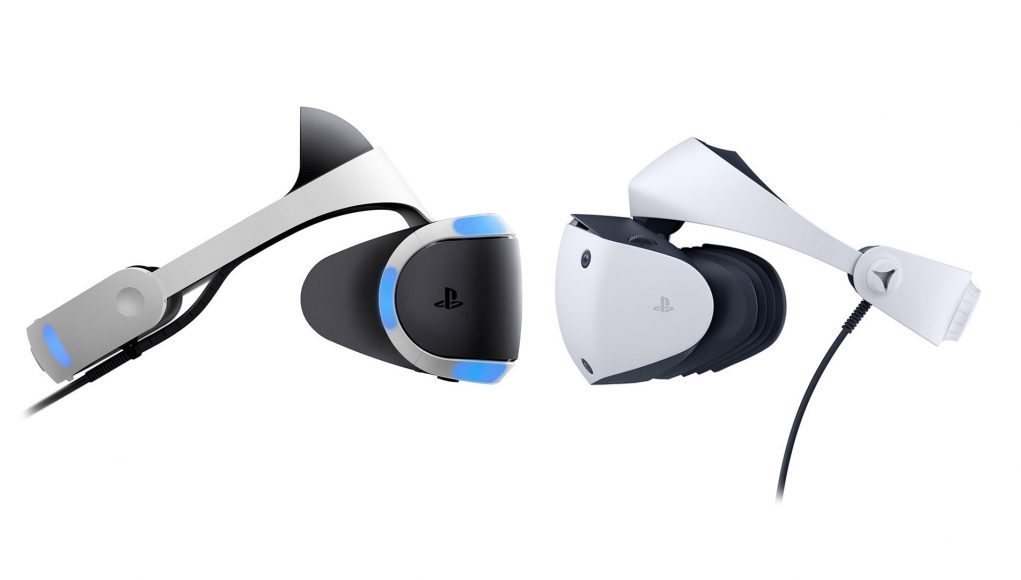Eye-tracking
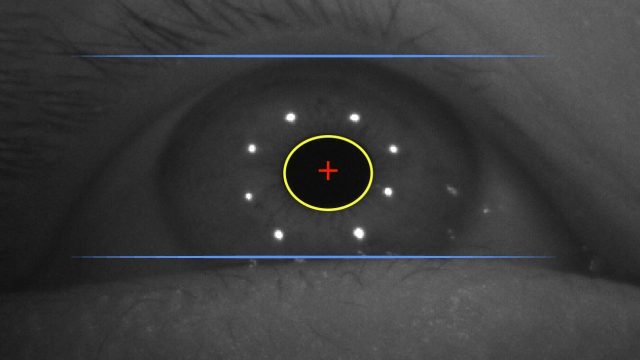
Eye-tracking has been touted in the VR industry for years, but the tech has only ever been built into high-end headsets. Sony may be the first to deliver a consumer VR headset with eye-tracking.
It might not be immediately obvious why you’d want to be able to track the user’s eyes in a VR headset (especially if you’re already tracking the motion of their head), but it turns out that eye-tracking can be a game-changer for VR in many ways.
One of the big ones of course is ‘foveated rendering’. Since our eyes only see sharply in a fairly small central region (the fovea), rendering scenes in high detail in your peripheral vision is a waste of computing power. If you can track exactly where the user is looking, you can render the center part of each frame in high detail while reducing detail in the periphery where it won’t be noticed. This means games can look more detailed without using more computing power.
But eye-tracking goes far beyond just foveated rendering. Sony has explicitly mentioned foveated rendering so far, but the tech could also be used for automatic IPD measurement, automatic user sign-ins, realistic eye movements for multiplayer avatars, intent tracking, and even eye-based input. Having eye-tracking in PSVR 2 essentially opens up a whole new door of possibilities for VR developers.
Controllers
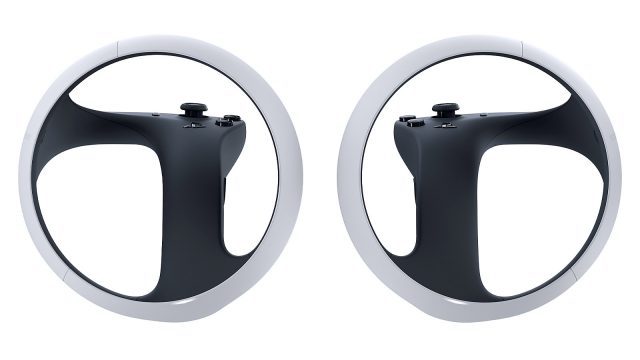
One of the biggest improvements to PSVR 2 will the new ‘Sense’ controllers.
PSVR 1 relied on outdated PS Move controllers that weren’t very precise and also lacked thumbsticks which made them awkward to use for some games.
Like other headsets with inside-out tracking, the PSVR 2 Sense controllers will be tracked from the cameras on the headset itself. This is stands to vastly increase the controller tracking coverage because users can now turn around without blocking the PS Camera from seeing their PS Move controllers. And because the Sense controllers are made from the ground up for VR (unlike the PS Move controllers), we expect the quality of the tracking will be improved too.
Crucially, the Sense controllers are also jumping in line with all other modern VR controllers in terms of inputs. They’ll have thumbsticks and two face buttons, which has become the defacto standard with the likes of Oculus Rift, Quest, Valve Index, Reverb G2, Vive Focus 3, and more. Having the same button-and-stick layout across all these controllers makes it easier for developers to port their games from one headset to another.
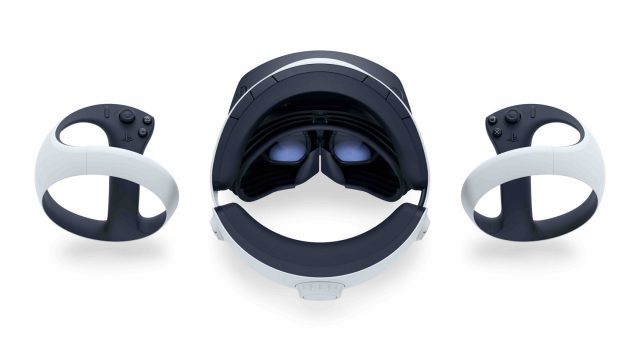
And then there’s the enhanced haptics of the PSVR 2 Sense controllers. Sony says they will include advanced haptics similar to what’s in the impressive PS5 controller. That means adaptive triggers that can change how each pull feels, and highly-detailed haptics that go far beyond the basic rumble motors in the PS Move controllers.
Audio & Headset Haptics
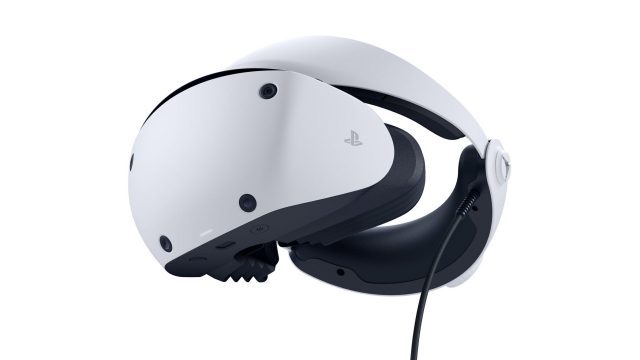
Amidst a very impressive list of capabilities listed above, audio might be the Achilles’ heel of PSVR 2.
It’s here where we’d love to say ‘Sony is following every other major headset maker by including on-board audio on PSVR 2’. Alas, this isn’t quite the case.
Sony has revealed that PSVR 2 will have a 3.5mm headphone jack, just like the original headset. That means players can use their own headphones, or the included earbuds (which at least have a custom cable length are stowable in the headstrap to be a little more convenient).
While it doesn’t seem like a big deal to stick earbuds in your ears after putting on the headset, the VR headset market has clearly shown the demand for on-board audio that doesn’t require any additional fiddling.
Sony has also confirmed that PSVR 2 will include head-mounted haptics (another first among commercially available headsets). That means that, like the controllers, the headset itself will be able to shake in response to things happening in the virtual world.
Pass-through View and Playspace Boundary on PSVR 2
The original PSVR has no on-board cameras, which means it lacks any kind of pass-through view—a convenient feature which lets the user look ‘through’ the headset with the cameras without taking it off. Sony has confirmed that PSVR 2 will indeed have a pass-through view which is great.
And like Quest 2, it looks like the PSVR 2 pass-through view will also be how users configure the headset’s playspace boundary.
The original PSVR’s tracking range was so small that it hardly made sense to have a virtual boundary, but with PSVR 2’s inside-out tracking players can essentially walk anywhere within range of their cable and look in in any direction. That necessitates a virtual boundary to keep players from smacking their TV or walking into furniture.
Sony says PSVR 2 will have the ability to ‘scan’ the shape of your room to automatically create a suitable playspace boundary, and players will further have the ability to customize it by tracing a line on the ground using the headset’s pass-through view.
– – — – –
All things considered, PlayStation 2 is shaping up to be a significant upgrade over Sony’s first headset. Beyond that, it looks like PSVR 2 may launch with several first-to-market features among consumer headsets, like HDR, eye-tracking, and head-mounted haptics. If you can’t wait until the launch later this month, check out our detailed hands-on preview of PSVR 2 to learn more about what it’s like to use the headset.

